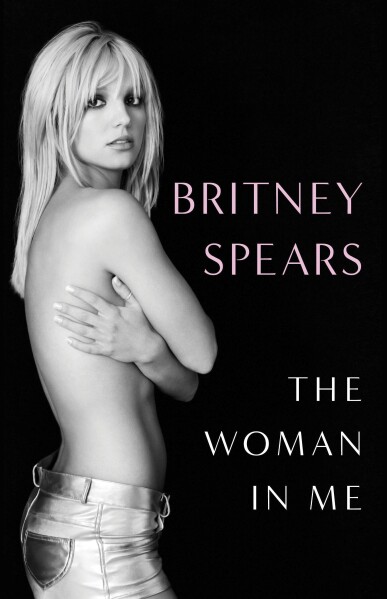
As the holiday season quickly approaches, consumers are still scrambling to find gifts for their loved ones. And for those of you with avid readers in your lives, that means books. But scouring your nearest Barnes & Noble or your local bookstore can be a challenge when you aren’t sure if the book you choose will suit a person. You may know which genres they prefer or subjects they are interested in, but that doesn’t mean every book will be one they devour and add to their list of favorites. Worst case scenario, it ends up collecting dust on the shelf and only halfway finished.
Luckily for you frantic shoppers, Goodreads has just released the results of their 2023 Choice Awards for the Best Books of 2023 list! Gathering votes from nearly six million of their site-users, Goodreads has collected a list of both fiction and nonfiction titles that their users have deemed the best of 2023. From science fiction to romance and memoirs to history, Goodreads has something for anyone to enjoy on their list. You can even check out the nominees that didn’t win in each category if you want even more gift ideas for readers.
Scrolling through Goodreads’s social media accounts may highlight the discourse between readers as they argue which book may have been more deserving to win a particular category than others. This is normal considering the subjectivity of art and the wide-range of taste and preferences amongst readers, so don’t fret over buying a book someone else may call ‘boring’ or ‘trash’ (especially if they mention that they didn’t even read it). What someone else hates, your reader may enjoy! If you choose to scroll through their Instagram or Tiktok, you may want to take note of these comments. Not only could you potentially get a better idea of what certain books are about, but you may just get great recommendations!
Some titles that may be popular gifts this holiday season seemed almost destined to win first-place in their respective categories. Yellowface and Fourth Wing, for example, were immensely popular on bookstagram and booktok this year, so it seems no surprise that they won by such large margins. There were a few interesting outcomes, however. Interestingly, The Heaven & Earth Grocery Store, which was named the 2023 Barnes & Noble Book of the Year, came in fourth-place in its category for historical fiction, losing to the first-place winner Weyward with almost 30,000 votes. Barnes & Noble determines the winner of their prestigious title by inquiring their booksellers to nominate the titles they feel are particularly remarkable and would recommend to a consumer. This explanation, provided in one of their blog posts this past November,, is rather vague. Meanwhile, Goodreads allows their list to be determined as a sort of popularity contest. A voter isn’t required to have read every book in each category in order to cast their vote, so they merely choose the books they have read and enjoyed to determine who they vote for. This is not necessarily bad, per se, as Goodreads pools together a large group of readers, allowing many different perspectives, interests, and preferences to come together and let their voices be heard. If some books win by large margins, perhaps it’s because a majority of readers believed it deserved to win.
Lists such as Goodreads’s Best Books of 2023 gives us a great insight into the minds of readers and which books or authors have really made an impact in the publishing world. However, just because one book wins doesn’t mean its fellow nominees in the category are any less enjoyable. Yellowface may have won with over 200,000 votes (with second-place lagging 140,000 votes behind) in the fiction category, but the titles it competed against, such as Hello Beautiful (second-place), Maame (eighth-place), or Evil Eye (thirteenth-place) are also incredible books that you should absolutely check out. If the reader you’re shopping for hasn’t read the book that won in their preferred genre, then you should definitely check it out to see if it’s something they would be interested in. That being said, check out all the nominated books in that category! Even if a book didn’t win, it could be a gem that your reader loves!






















